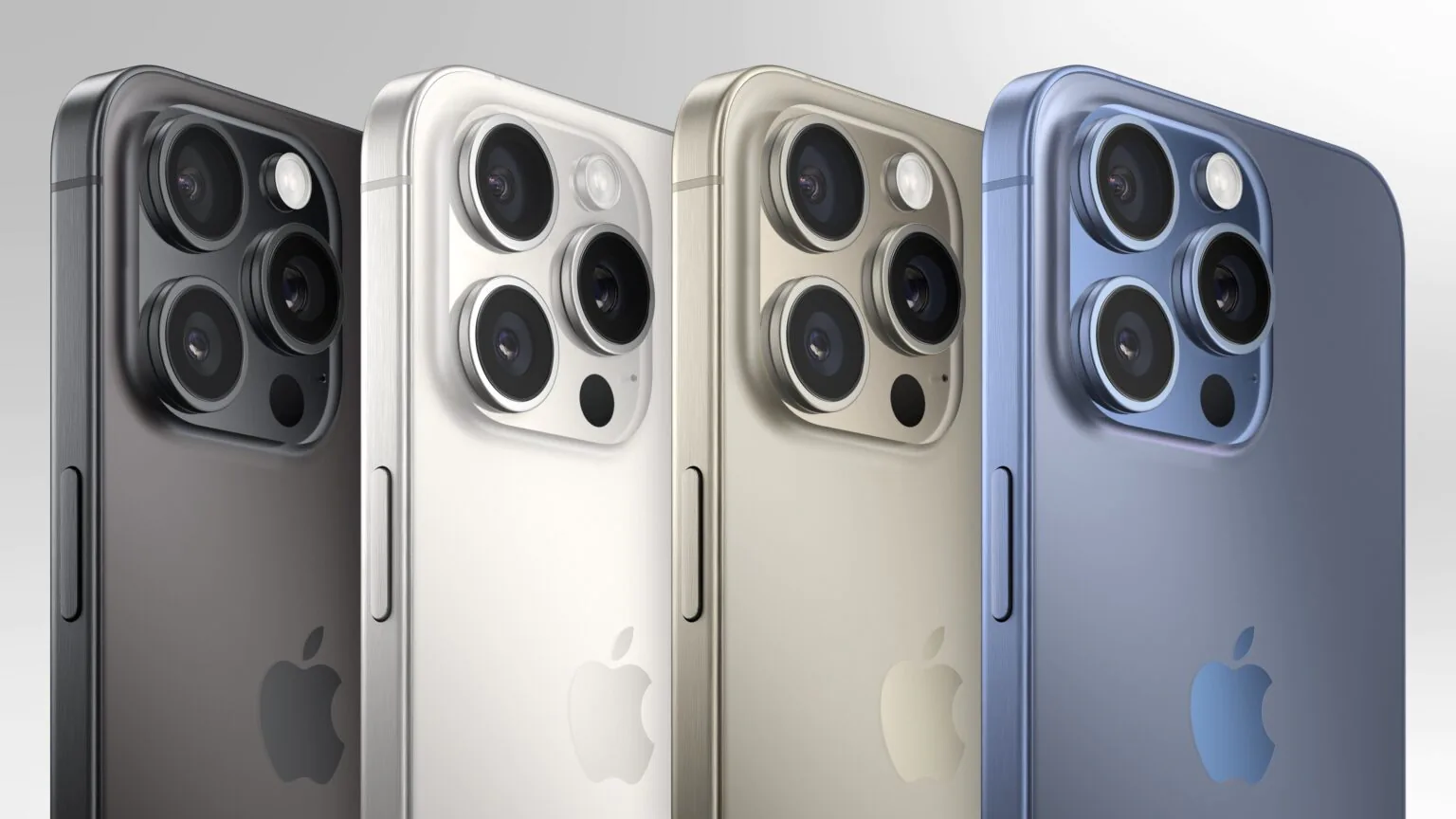Smart glasses evolve with more stylish designs and affordable prices.
Smart glasses are evolving with sleeker designs and more affordable prices. At the CES in Las Vegas, companies showcased new models that look like regular eyewear but offer features like live translation, GPS, music playback, and cameras. Leading the market is the Ray-Ban Meta, starting at $300, while Chinese brands like Vue offer basic models for as low as $200. Some companies focus on augmented reality (AR), though AR glasses are still more expensive. The trend is shifting towards minimalist, stylish designs with essential smart features, aiming to make smart glasses both fashionable and functional.

Smart glasses are entering a new era with sleeker designs, advanced features, and more affordable prices, as showcased at the Consumer Electronics Show (CES) in Las Vegas. Companies are pushing the boundaries of wearable tech, integrating features like live translation, GPS, and cameras into eyewear that closely resembles traditional glasses.
From Bulky to Stylish:
The early versions of smart glasses, such as Google Glass and Epson’s Moverio, were bulky with noticeable frames and cables. Now, brands are focusing on discreet, fashionable designs. The Ray-Ban Meta, developed in collaboration with Meta (formerly Facebook), is leading the market with its stylish frames that offer features like photo and video capture, music playback, and object recognition. However, it doesn’t yet support full augmented reality (AR) with overlaid digital images, as adding this feature would significantly raise the cost.
Affordable Options:
While Google Glass once sold for around $1,500 in 2013, today’s smart glasses are much more affordable. The Ray-Ban Meta starts at $300, only slightly more expensive than standard Ray-Bans. Chinese brands like Vue are making smart glasses even more accessible, offering basic models with voice assistants and music capabilities for as low as $200.
Focus on Augmented Reality:
Some companies, like XReal, are targeting the AR market by projecting content from smartphones, computers, or gaming consoles directly into the lenses. Although AR glasses are still bulkier than regular sunglasses and often require a cable, new models are significantly slimmer compared to VR headsets. Meta is also working on an AR-focused model called Orion, expected to launch around 2027.
Innovations in Design:
Startups like Halliday and Even Realities are focusing on ultra-thin, minimalist designs. Halliday’s upcoming $489 smart glasses, set to launch in March, will display text in the wearer’s field of vision, offer real-time translations, suggest conversation responses using AI, and even function as a discreet teleprompter. On the other hand, Even Realities has eliminated features like speakers and cameras to keep their glasses lightweight and simple, focusing solely on visual enhancements.
The Future of Smart Glasses:
The industry is shifting from tech-heavy, niche gadgets to stylish, everyday accessories. Companies are competing not just on technology but also on design and affordability, aiming to make smart glasses a common part of daily life.
What's Your Reaction?



























































format(webp))

























